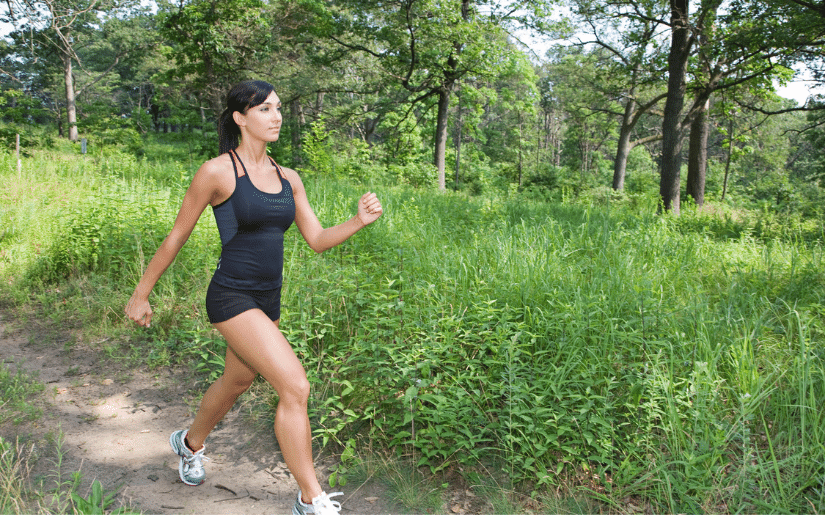Yes, it is possible to live an active lifestyle when you have anemia! But if you want to be successful, you’ll need to understand the correlation between exercise and anemia so you can adjust your routine accordingly.
Nearly 3 million people in the United States have been diagnosed with the condition. And if you’re one of them, you know that finding enough energy just to get through the day can be struggle. How can you possibly find the energy to work out?
The good news is, the symptoms of iron deficiency anemia can be managed, or even corrected, with proper diet, supplementation, and the right kind of exercise. Let’s explore all of this in more detail!
What is Anemia?
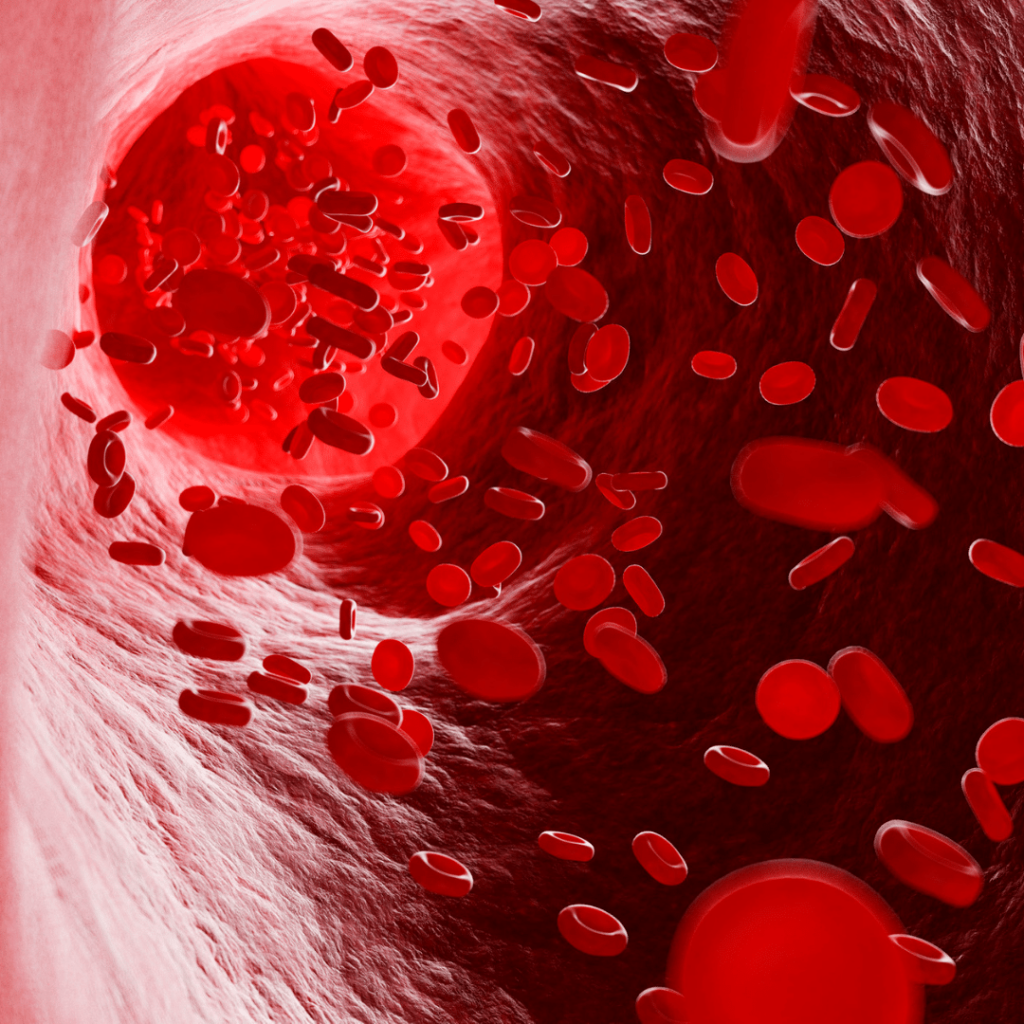
What is anemia and how does it affect the body? Well, anemia is a chronic condition that can be caused by a variety of issues, from chronic illness and blood loss to undiagnosed nutrient deficiencies.
In essence, the term describes a condition in which the body can’t produce enough blood cells to keep up with the body’s demand. Women tend to be more prone to anemia because of the monthly iron and blood loss during menstruation.
Your red blood cells are responsible for carrying oxygen to your body’s cells. If your body doesn’t have enough iron to produce the red blood cells it needs, it can’t oxygenate your blood properly.
As you can imagine, this lack of oxygen leads to chronic fatigue, shortness of breath, dizziness, and much more. The symptoms can vary from mild to severe, and exercise can make them more intense.
The Symptoms of Anemia in Women

For many women, the symptoms of iron deficiency anemia can be so mild that they often go unnoticed in the beginning. But as the body becomes more and more deficient in iron, the symptoms gradually become worse and worse.
Here are the most common symptoms of anemia in women:
- Extreme chronic fatigue
- Chest pain, irregular heartbeat, and/or heart palpitations
- Shortness of breath during everyday activities
- Depression and irritability
- “Whooshing” or pounding in the ears
- Paleness
- Headaches
- Dizziness and/or lightheadedness
- Soreness or inflammation of the tongue
- Weakness
- Chest pain, rapid heartbeat, and/or shortness of breath
- Sensitivity to cold, particularly cold feet and hands
- Brittle nails and hair loss
- Poor appetite
- Strange cravings for non-food items, such as dirt or ice
If you notice the symptoms of iron deficiency anemia, give your doctor a call.
Don’t try to diagnose anemia or treat it at home! Your doctor will do blood tests to provide a definitive diagnosis and rule out any underlying health conditions that may be causing your symptoms.
Popping an iron supplement if you don’t need one could lead to an excess accumulation of iron in your body. This can be extremely dangerous, potentially causing damage to your liver and leading to other complications.
How Iron Deficiency Anemia Affects Exercise

Your cells need more oxygen during exercise, which your body can’t provide efficiently if you’re anemic. Exercising with anemia could cause lactic acidosis or a buildup of lactic acid in the bloodstream. This condition causes a serious drop in your energy levels, endurance, and performance.
Everyone experiences fatigue, shortness of breath, burning muscles, and fatigue to some extent during intense exercise. But for those with anemia, the effects will be more extreme and last for a longer period of time.
If you have anemia, you may notice that you’re extremely tired after a workout, your recovery time is longer, and you experience more muscle pain than someone who isn’t iron deficient.
Anemia and Exercise: Risks vs. Benefits
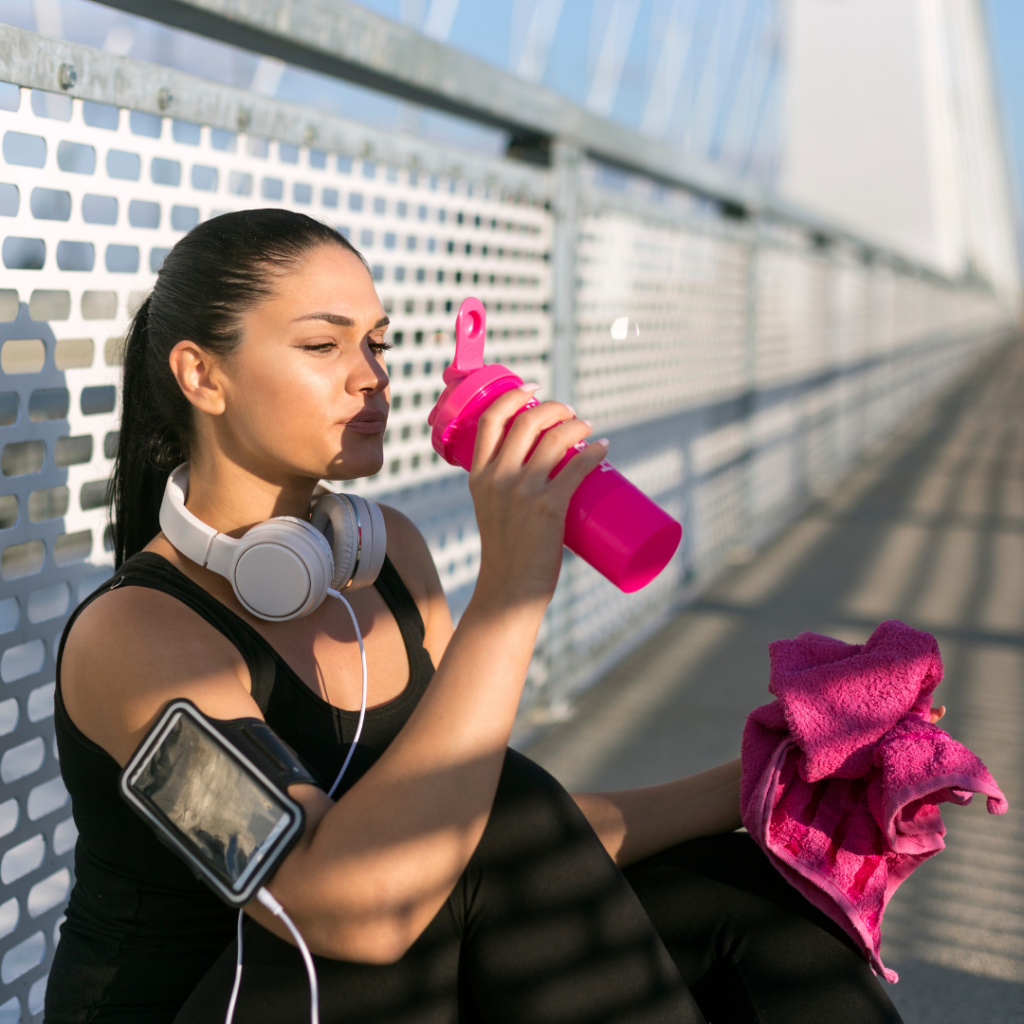
The biggest benefit to exercising with anemia is that it will build up your endurance and help you overcome the chronic fatigue symptoms you struggle with every day.
That’s because exercise helps oxygen and red cells be delivered more efficiently to your cells, which boosts your overall energy levels and performance. The key is to find the right kind of exercise and listen to your body.
But we’ll dive into that more in a moment. First, let’s talk about the risks of exercise when you have anemia.
It’s important to know that anemia can cause a rapid or irregular heartbeat. If you experience chest pain for any reason, whether you’re exercising or not, seek medical attention immediately.
When you do exercise, pay attention to your intensity level and be careful to stay within a safe target heart rate for your age. Be aware that you may experience lightheadedness, dizziness, or even see spots if you push yourself too hard. This happens when blood flow to the eyes and brain becomes impaired.
You may also notice that you irritable or even depressed after a workout that’s too intense. These are all red flags that mean it’s time to slow down, lower the intensity, or even stop for the day.
Guidelines for Success When Exercising with Anemia
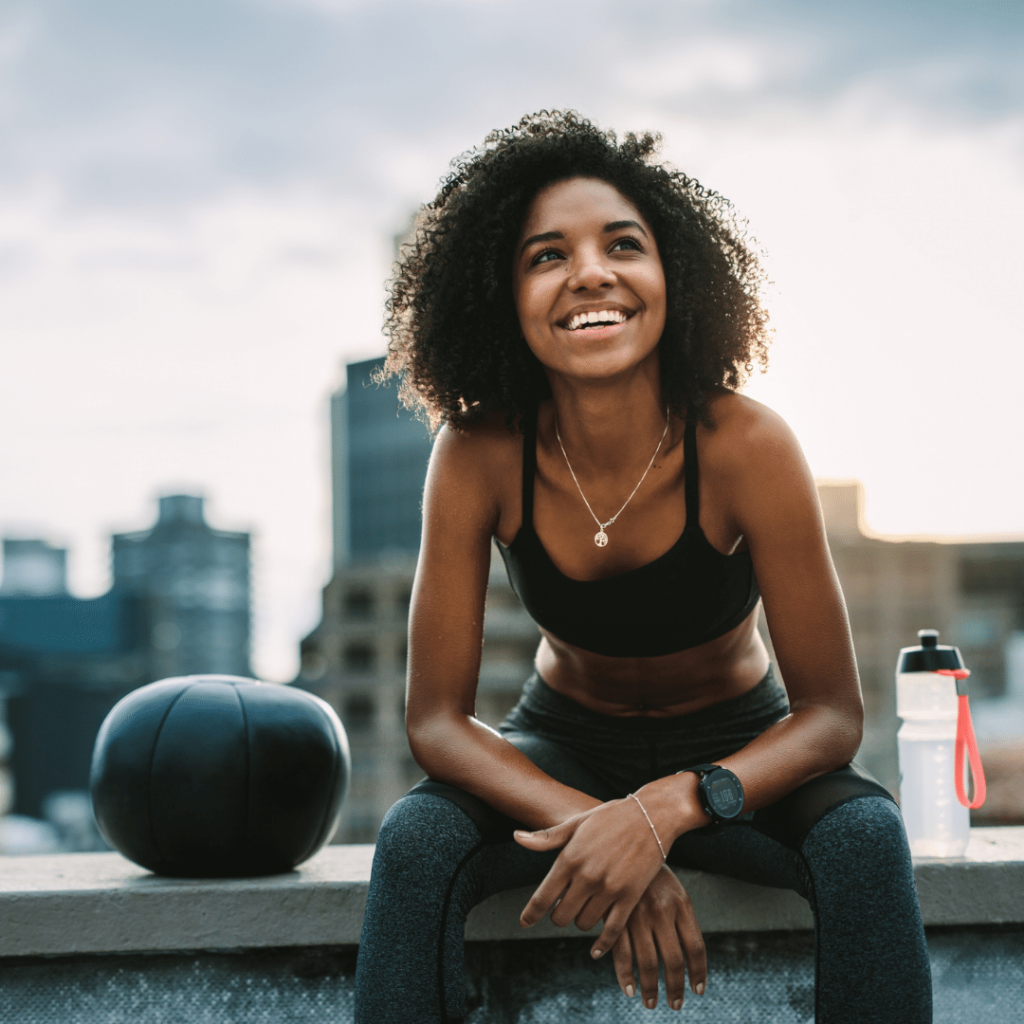
Here are five essential guidelines for success when exercising with anemia:
- Start Slow: Anemia leaves you feeling fatigued due to a lack of oxygen in the blood. If you start your workout slow and gradually build up to a light or moderate intensity, it will get your blood pumping, improve oxygen flow, and help you feel less fatigued.
- Take Breaks: Learn to listen to your body. When you feel tired or short of breath, take a break. If you can’t recover after a few minutes, consider stopping for the day. Never push yourself so hard that you can’t catch your breath and get your heart rate back to normal in a reasonable amount of time.
- Do Shorter Workouts: According to the Department of Health and Human Services, 150 minutes of moderate intensity exercise per week is adequate for the average adult. That means thirty minutes a day, five days a week is all you need. Keep in mind that short workouts have a cumulative effect. So, if 30 minutes all at once is too much, do 15 minutes in the morning and 15 minutes in the evening to meet your goal.
- Timing is Essential: We all have certain times of the day when we feel more energized. If your energy levels are high in the morning, try to do your workout then. If you are a night owl, you might perform best in the evening. Experiment with different times to see what works best for you.
- Talk to Your Doctor: You should always talk to your doctor before starting any exercise routine, especially if you have a chronic health condition like anemia. The severity of your condition can have a major impact on your routine. Your doctor can help you ensure that your plan is safe and provide additional advice that may help you achieve your fitness goals.
The Best Exercises for Women with Iron-Deficiency Anemia
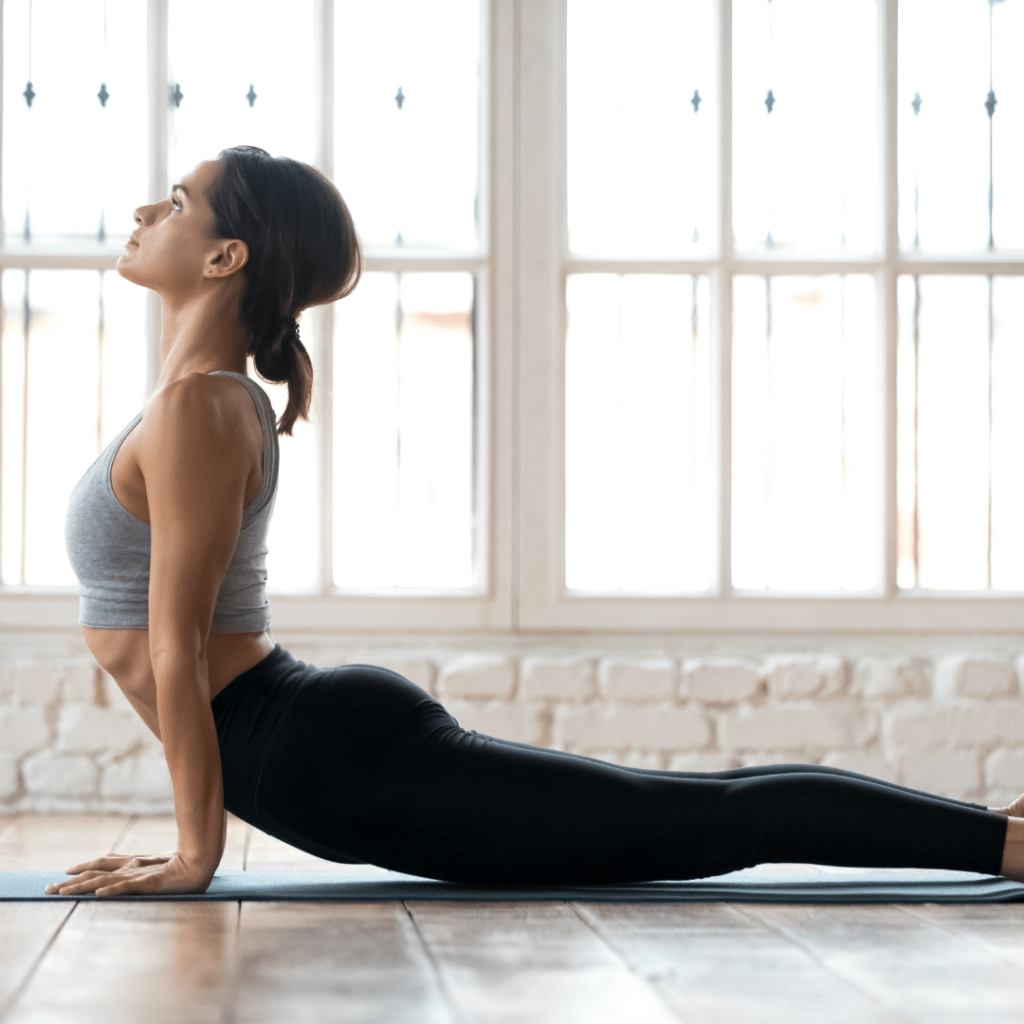
The best exercises for women with anemia include the following:
- Yoga
- Swimming
- Low to Moderate Intensity Walking and Hiking
- Low to Moderate Intensity Biking
- Stretching
- Tai Chi
- Light Strength Training
Diet and Supplement Recommendations for Anemia & Exercise

Increasing your intake of certain vitamins and minerals may help you perform better during your workouts and recover more quickly. Start by including more foods that are rich in iron, like lentils, liver, oysters, clams, mussels, soybeans, eggs, and spinach.
A high-quality, customized daily multivitamin will ensure that you don’t develop any nutritional deficiencies that may contribute to your symptoms. Make sure it includes vitamin C, which improves your body’s ability to absorb iron. Look for one that also includes B-vitamins to help keep your energy levels up.
Remember, you should never take a supplement that contains iron without running it by your doctor first.
Frequently Asked Questions About Exercise and Anemia
· Can you exercise with anemia?
Yes, you can exercise with anemia! You’ll have the greatest chance of success if you start slow, keep your workouts short, and stick to low-intensity exercise, like walking or yoga.
· How can I exercise and lose weight with anemia?
The best way to exercise and lose weight with anemia is to do short, frequent, low-intensity workouts that burn calories and get your blood pumping without overdoing it. Things like walking, swimming, light weightlifting, and moderate intensity biking are all great options. Start with a 15-minute workout in the morning and evening five days a week and increase it gradually as your fitness improves.
· Can exercise cause anemia?
For most people, physical activity is part of a healthy lifestyle. However, overdoing it with frequent high-intensity exercise may actually increase your risk of developing iron deficiency anemia by blocking the body’s ability to absorb iron.
Iron loss can also be triggered by intense training, so it’s best to stick to low intensity workouts if you’re concerned about iron deficiency. Inflammation due to injury may also trigger an immune response in the body, reducing its ability to absorb iron.
The best way to avoid these issues is by giving your body plenty of time for rest between high-intensity workouts. Eat a healthy diet that’s rich in iron, and if you notice any of the symptoms of anemia outlined above, see your doctor to have your blood levels tested.
· Can lack of exercise cause anemia?
A lack of exercise does not cause anemia. Anemia is usually related to nutritional deficiencies caused by a vegan diet, poor nutrition, or a chronic health condition.
· Can exercise help with anemia?
Exercising regularly can help with anemia symptoms, especially chronic fatigue. Regular exercise also improves circulation and blood flow, which can help anemia sufferers feel more energized throughout the day.
The Wrap Up
The benefits of exercise for anemia sufferers far outweigh the risks, as long as you take the proper precautions and don’t overdo it. Start with short, low-intensity workouts and increase their length gradually only as your fitness level improves. Learn to listen to your body, take a break when you need one, and don’t push yourself too hard.

